Helping readers learn how to make inferences also helps readers comprehend text at a deeper level. Instead of staying on the surface of “right there” answers, inferring allows readers to think deeper and activate what they know to make meaning.
Inferring also helps to support many of the other comprehension strategies. Yes; it’s that important. But sometimes readers, especially struggling readers, have difficulty trying to make inferences.
I clearly remember tutoring a student who got so frustrated when he couldn’t find the answer to a comprehension question that required deeper thinking. “The article just doesn’t say!” he cried. And he was right. It wasn’t a “right there” answer. He had to infer the answer.
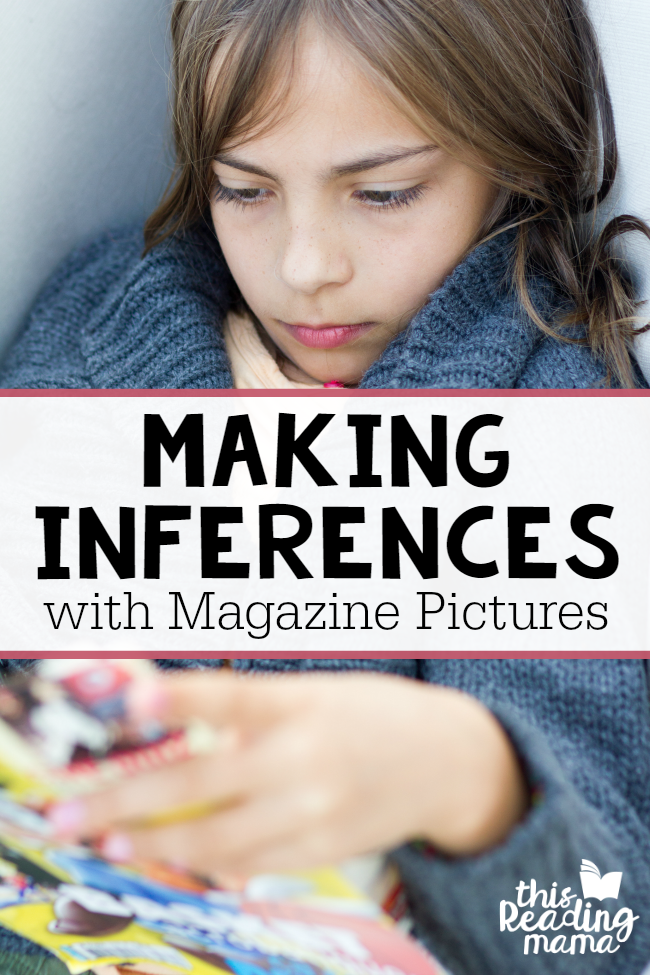
*This post contains affiliate links.
Teaching Readers How to Make Inferences
What exactly does it mean to infer? Like I mention in my comprehension pack, inferring is taking what the author gives you and combining it with what you know {your schema} to “read between the lines”, if you will.
So, let’s say you’re teaching a struggling reader who has a hard time making inferences while reading. What can you do?
A very basic place to start is with pictures. By the way, this is great for older readers, too!
Before I ask the reader to give it a go, I let him hear my thoughts first with a sample or two.
These inferences are based on the picture above.
- I think that this is a girl because she is wearing a skirt.
- She has been splashing in the puddles because she has her rain boots on and you can see splashes of water on her legs.
- I think it’s fall time because of the yellow leaves all around her.
- She might be at a park or in a public place because of the brick work she’s standing on.
- Before she came to splash at the park, it had been raining. I know this because there are puddles on the walkway.
- I think she will probably go find more puddles to splash in because it looks like she dressed herself just for splashing in puddles.
If you have a few magazines lying around your house {or while waiting in the doctor’s office}, you have all the supplies you need! Just open up your magazine and start the discussion. I have found that pictures with people doing something work well.
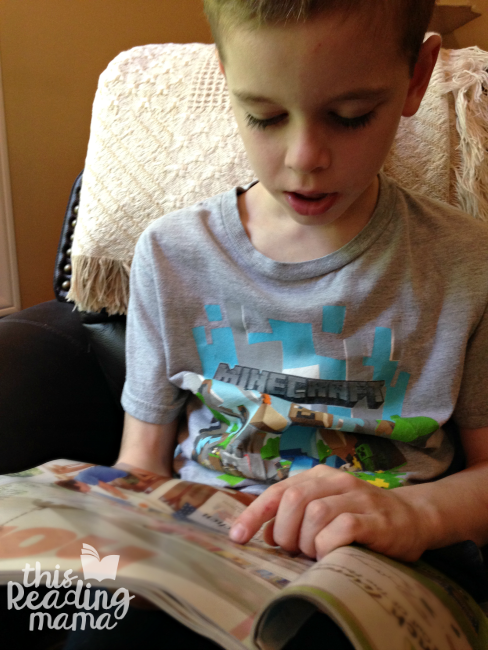
Questions to ask:*
While you can simply ask, “What do you notice about the picture?”, I find that more specific questions can help lead a reader’s thinking and inferring.
- What time of year do you think it is?
- What time of day is it?
- What do you think happened before this picture?
- What do you think will happen after this picture?
- Where do you think they are? {this works best if it’s not too obvious}
- How do you think that person {these people} feel?
- Do you think these people are related? If so, how? {if there are several people pictured}
*The follow-up question I always ask is, “What makes you think that?” My goal is to help the reader see that he is using what’s given to him in the picture and combining it with what he knows to make inferences.
If you are hard-pressed for a magazine, another fantastic resource is the internet. Ahead of time, pull a few images of people doing different things and discuss what the learner notices and can infer from the picture. Action shots of people or animals work very well.
I also have a fantastic book list for making inferences and predictions. I love how these texts “make” readers infer naturally as they are reading. Stop by the library and pick up a few or get them for your own library!
The Measured Mom has a fantastic and free activity to help kids with inferring word meanings. You might also enjoy our Comprehension Strategies series.
Check out all the posts in our Struggling Reader Series!
*Photos from Adobe Stock.
Enjoy!
~Becky
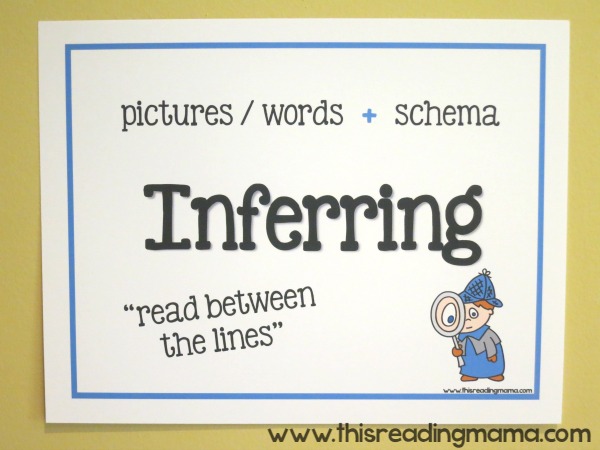
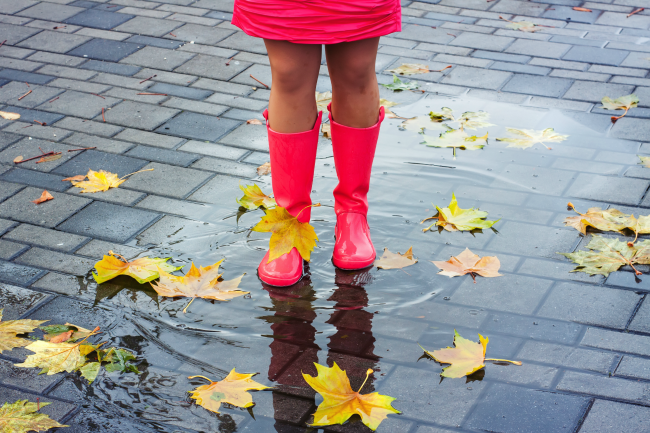
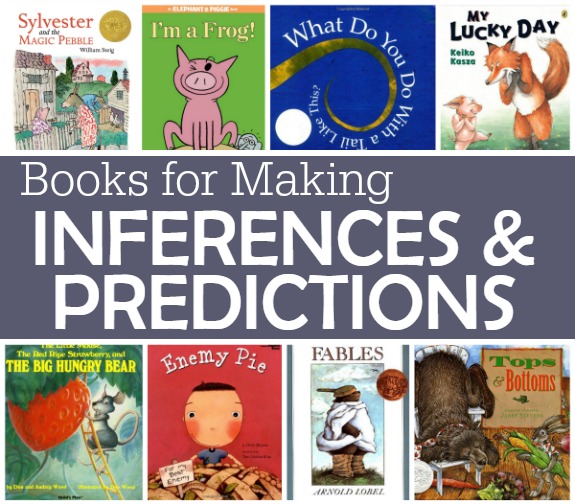
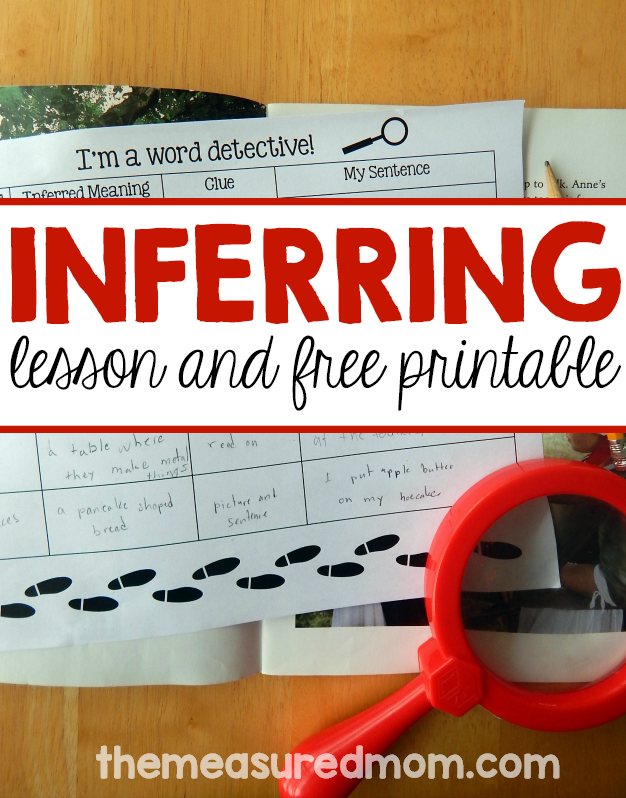

Thanks for this wonder post. Reading comprehension is so important. As a ESL learner myself, I still have hard time and fear when I see a page with tons of really hard English words and terms. It’s a good reminder for us to “think” before start reading.
For younger kids, do you have any games or hands-on activities to help them to “think” before reading?